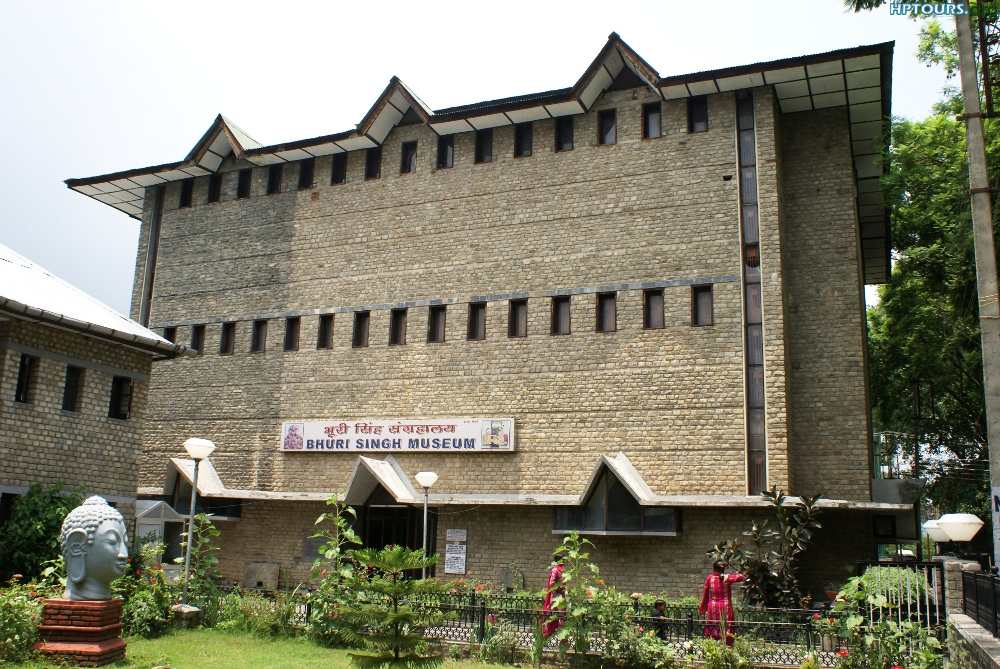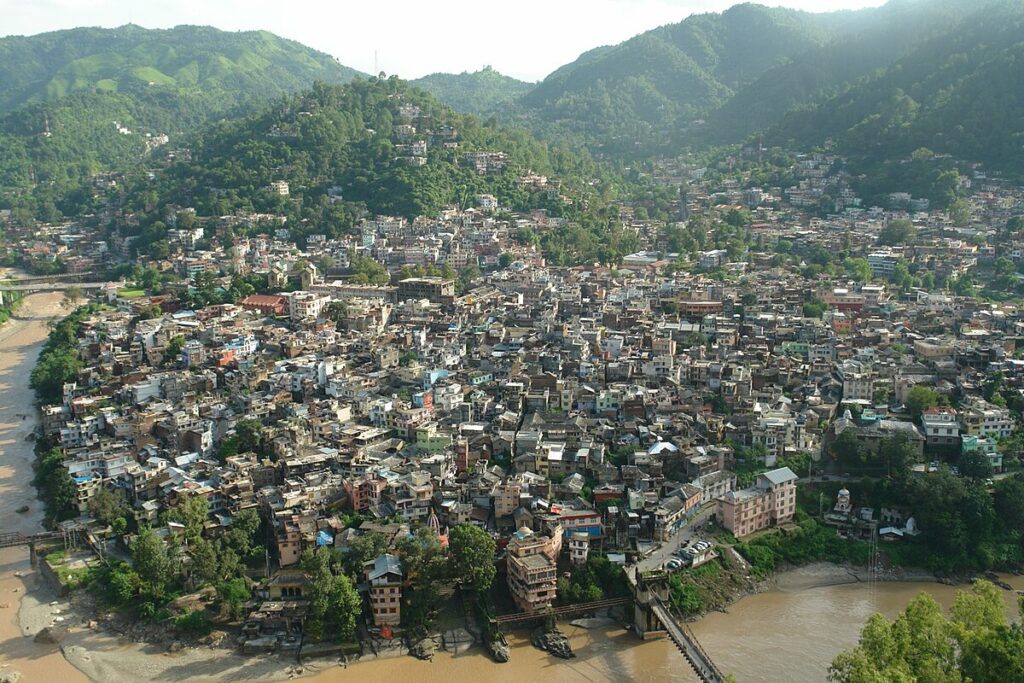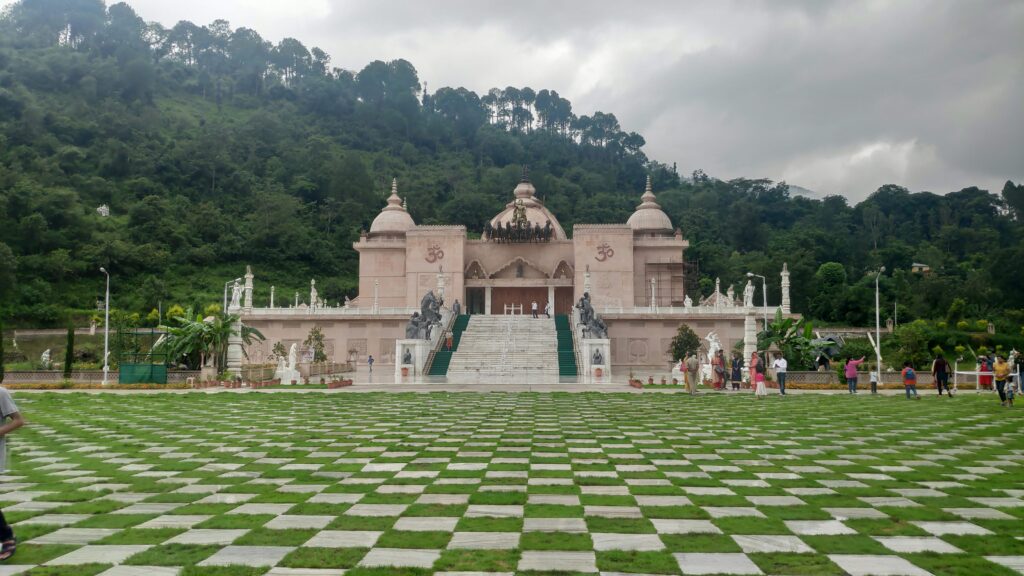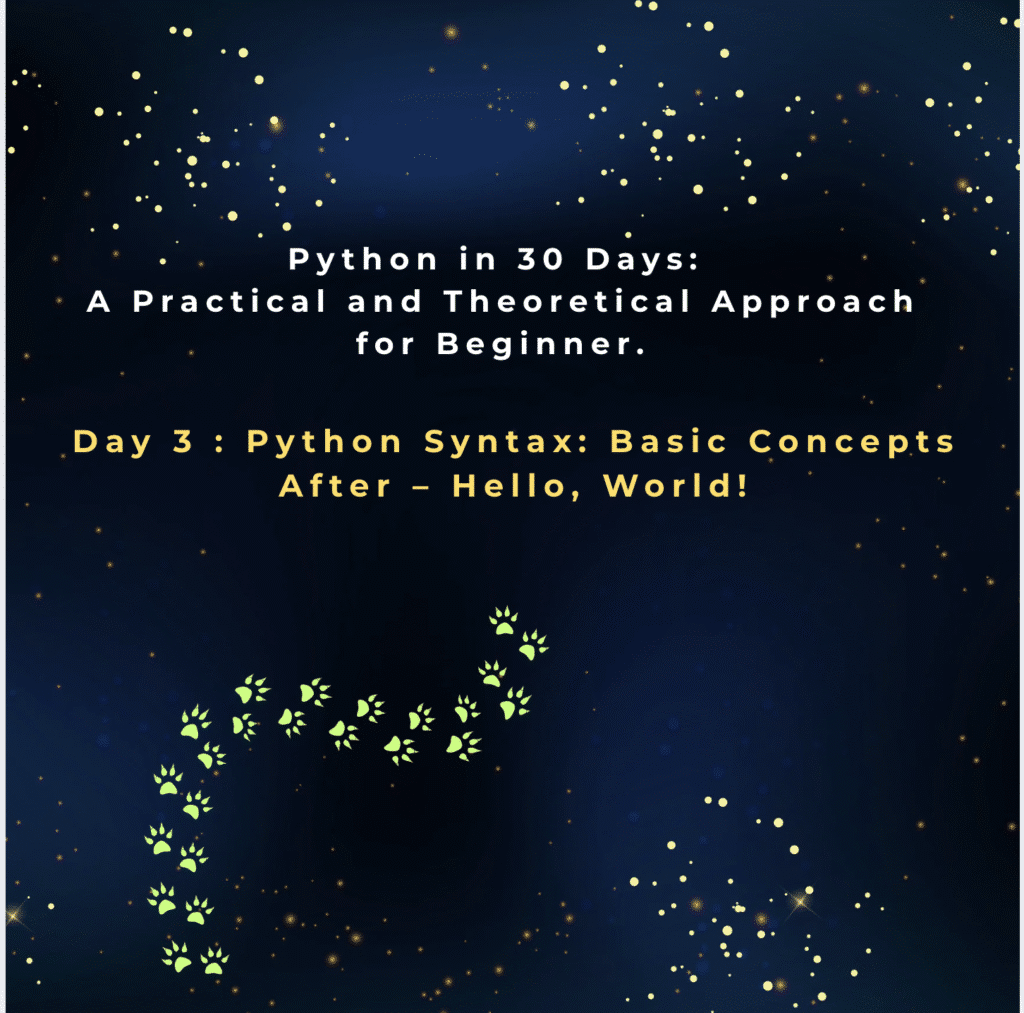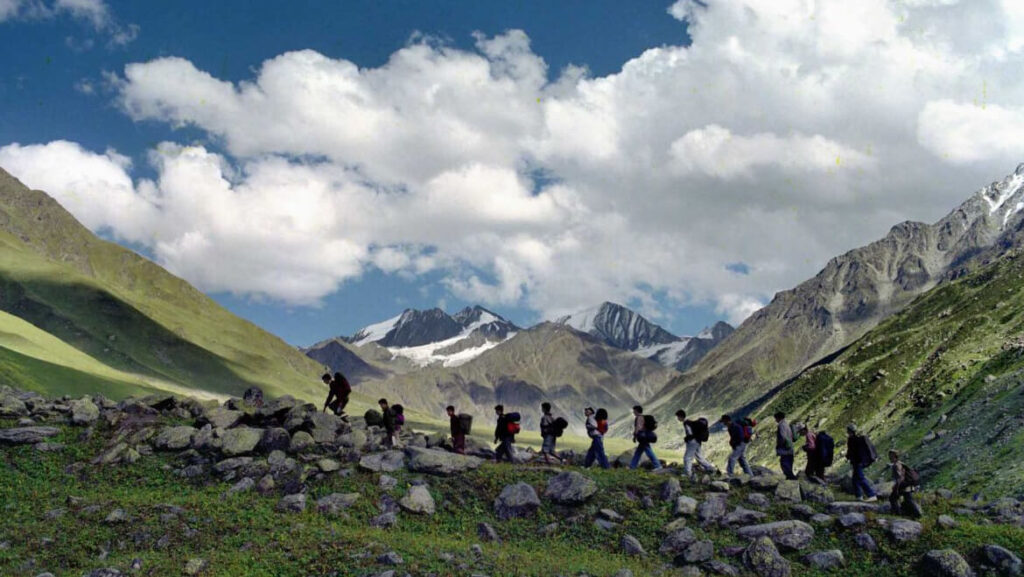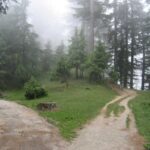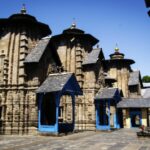Introduction
In the heart of Chamba town, nestled between modern shops and colonial-era buildings, stands a museum that tells a thousand stories — the Bhuri Singh Museum. Named after Raja Bhuri Singh, one of Chamba’s most progressive kings, this museum is a cultural treasure house for anyone curious about Himachal’s history, royalty, art, and tradition.
Whether you’re a history buff, art lover, or traveler seeking meaningful insights, the Bhuri Singh Museum is your gateway into Chamba’s soul.

The Legacy of Raja Bhuri Singh

✅ Who Was He?
Raja Bhuri Singh ruled Chamba from 1904 to 1919 and is known for his administrative reforms and deep patronage of art.
✅ Museum Inauguration:
Established in 1908 with assistance from Dr. Vogel, a British archaeologist, to preserve and showcase regional heritage
✅ Purpose:
- Safeguard Chamba’s ancient scriptures, artifacts, and miniature paintings
- Educate future generations about Himachali identity
What You’ll Find in Bhuri Singh Museum
The museum has over 8,000 artifacts, carefully arranged across multiple galleries.


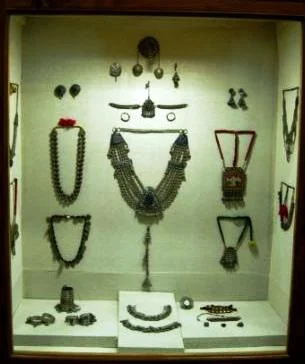
🔍 Highlights:
✅ Pahari Miniature Paintings
- Radha-Krishna, Shiva-Parvati, nature and love scenes
- Stunning details and vibrant colors
- Represent Basohli, Kangra, and Chamba schools
✅ Copper Plate Inscriptions
- 10th–12th century texts
- Reveal Chamba’s royal history and temple donations
✅ Ancient Manuscripts
- Written in Sanskrit, Tankri, and Sharada scripts
- Cover religious, legal, and cultural topics
✅ Royal Costumes & Arms
- Embroidered robes, swords, shields, and hunting tools of Chamba rulers
✅ Traditional Jewelry & Artifacts
- Silver anklets, nose rings, coins, and wood carvings
✅ Musical Instruments
- Flutes, Dhols, and Ransinghas used in folk music
Museum Layout: Galleries to Explore
| Gallery Name | What to See |
|---|---|
| Miniature Painting | Pahari art from Chamba & Kangra |
| Archaeology Section | Inscriptions, ancient tools, idols |
| Costumes & Textiles | Himachali attire, caps, embroidery |
| Arms & Armoury | Royal weapons, hunting gear |
| Tribal Gallery | Everyday objects from Gaddi and Gujjar tribes |
Timings, Tickets & Tips
✅ Timings:
- Open daily (except Monday)
- 10:00 AM to 5:00 PM
✅ Entry Fee:
- ₹20 for Indian citizens
- ₹100 for foreign tourists
- ₹50 extra for camera use (if allowed)
✅ Pro Tips:
- Guided tours available upon request
- Carry a notebook if you’re researching art or history
- Photography may be restricted in some sections
Location & How to Reach
✅ Where: Gandhi Gate Road, Chamba Town, Himachal Pradesh
✅ Nearby Attractions:
- Lakshmi Narayan Temple Complex (5 mins walk)
- Chaugan Ground
- Rang Mahal
✅ How to Get There:
- Walk from Chamba town center
- Taxi or rickshaw from nearby hotels
- Parking available nearby
Why It’s a Must-Visit for Travelers
✅ For Art Enthusiasts:
- One of the best collections of miniature paintings in North India
✅ For Culture Seekers:
- Offers insight into tribal life, festivals, music, and local traditions
✅ For Students & Researchers:
- Excellent primary sources for Himalayan studies
✅ For Spiritual Explorers:
- Documents Chamba’s religious evolution through centuries
Educational Value & Cultural Importance
✅ Recognized by INTACH and Archaeological Survey of India
✅ Holds national importance for the preservation of Himalayan history
✅ Plays a crucial role in local education and school heritage programs
Must-Capture Moments Inside the Museum
| Location/Exhibit | What to Photograph |
|---|---|
| Painting Gallery | Pahari art with rich mythological scenes |
| Royal Attire Section | Velvet robes, gold threadwork |
| Weapon Display | Swords, shields with Chamba emblems |
| Tribal Exhibit | Daily-use items from mountain communities |
| Outside Architecture | Colonial-era building with stonework |
Summary
The Bhuri Singh Museum isn’t just a place where things are displayed — it’s where Chamba breathes through history, art, and soul. A visit here offers perspective, reverence, and curiosity, making it an essential stop for every traveler in the region.
Planning to Visit?
Take an hour or two to slow down, read, observe, and connect with Himachal’s roots. Already visited? Share your experience with us in the comments!
Discover Mandi: The Varanasi of Hills and Its Must-See Attractions
Introduction Nestled…
Mohan Shakti Heritage Park – Himachal’s Spiritual Marvel
Introduction Tucked…
🥗 Chickpea & Avocado Salad Wraps
✅ Vegan…
Day 3 : Python Syntax: Basic Concepts After – Hello, World!
Python in…
Nadaun – Riverside Ghats, History & Hidden Temples in Hamirpur
Introduction Set…
Kinnaur Kailash Parikrama – A Spiritual and Adventurous Journey
Introduction Deep…

